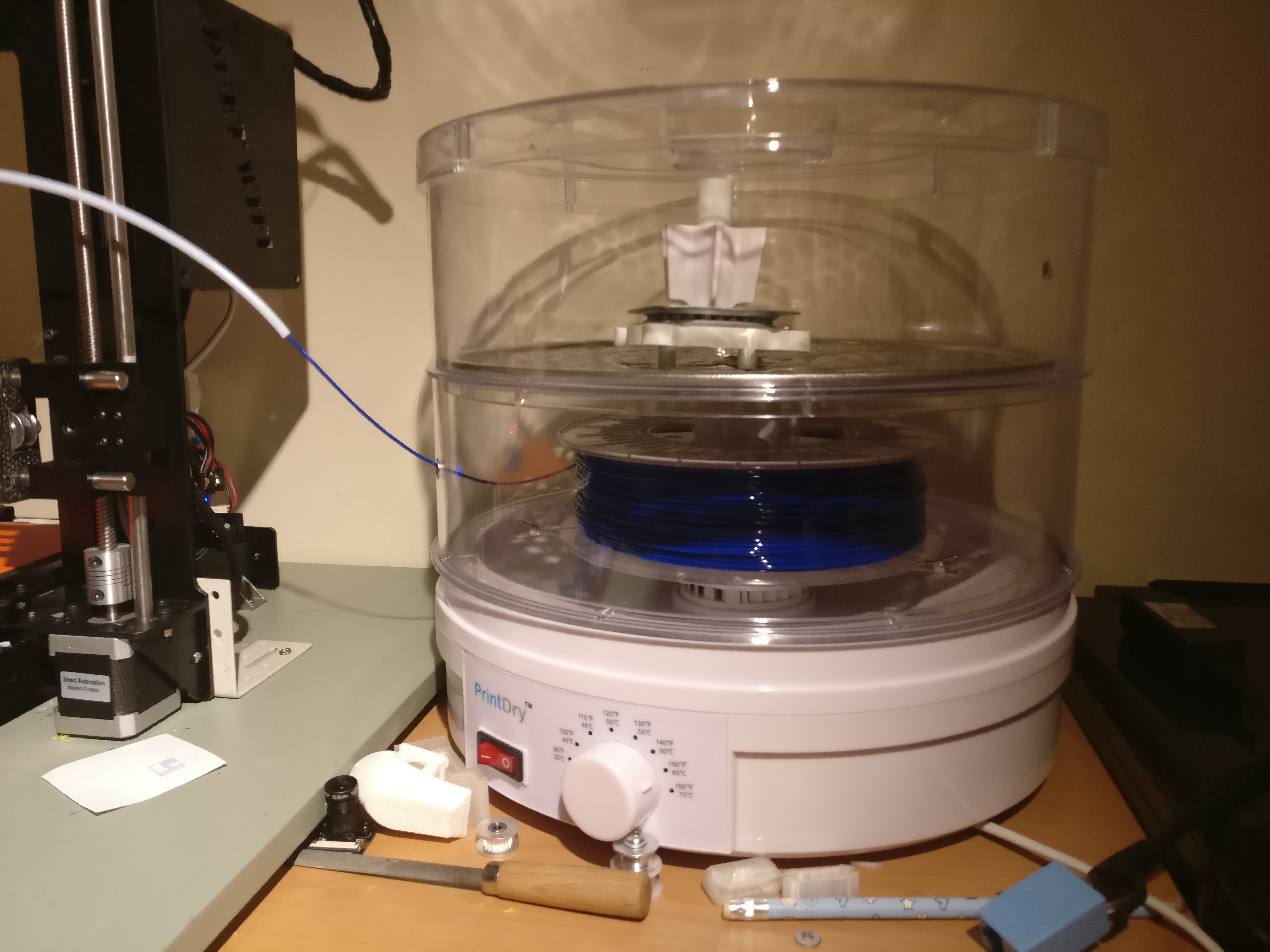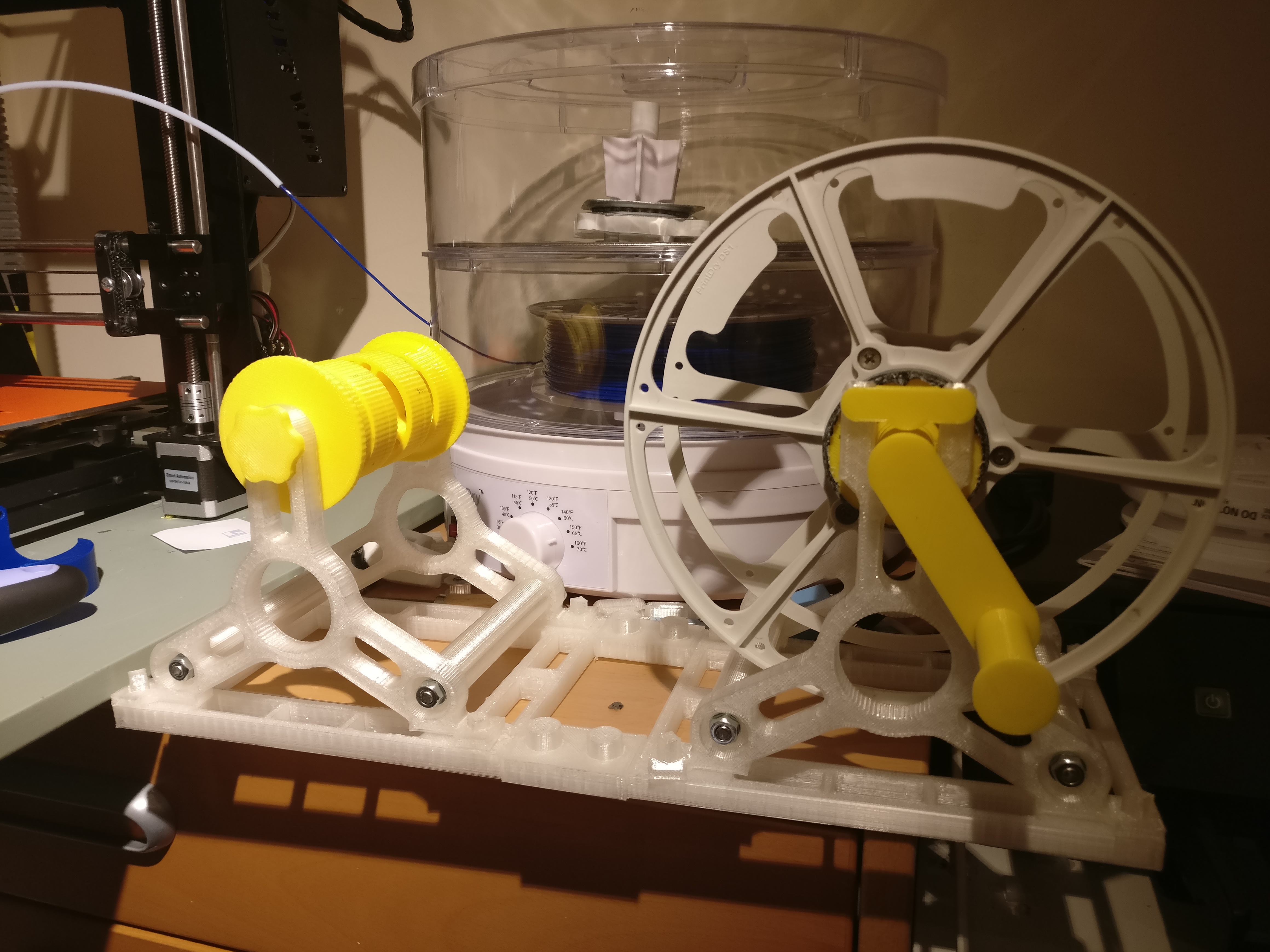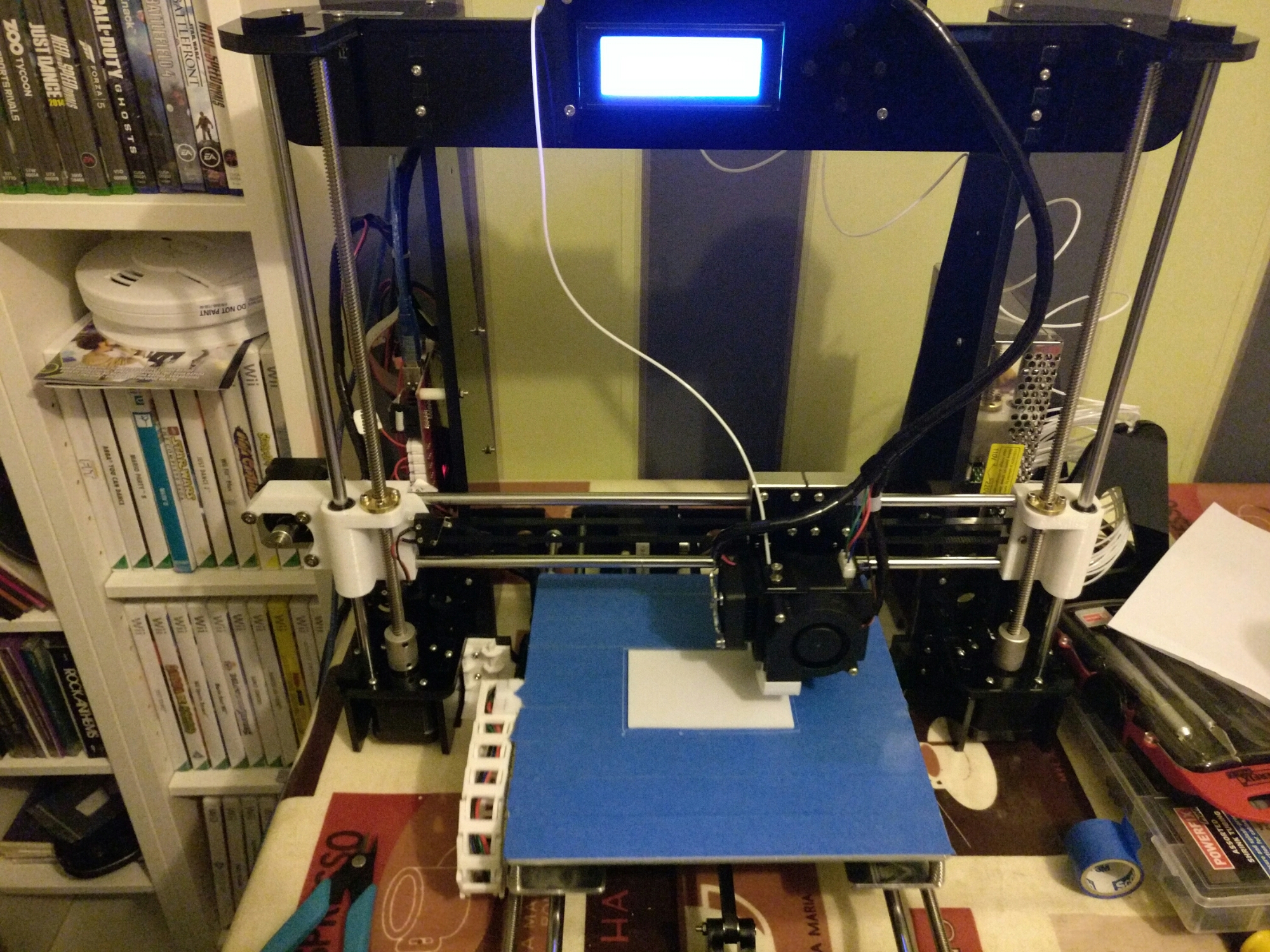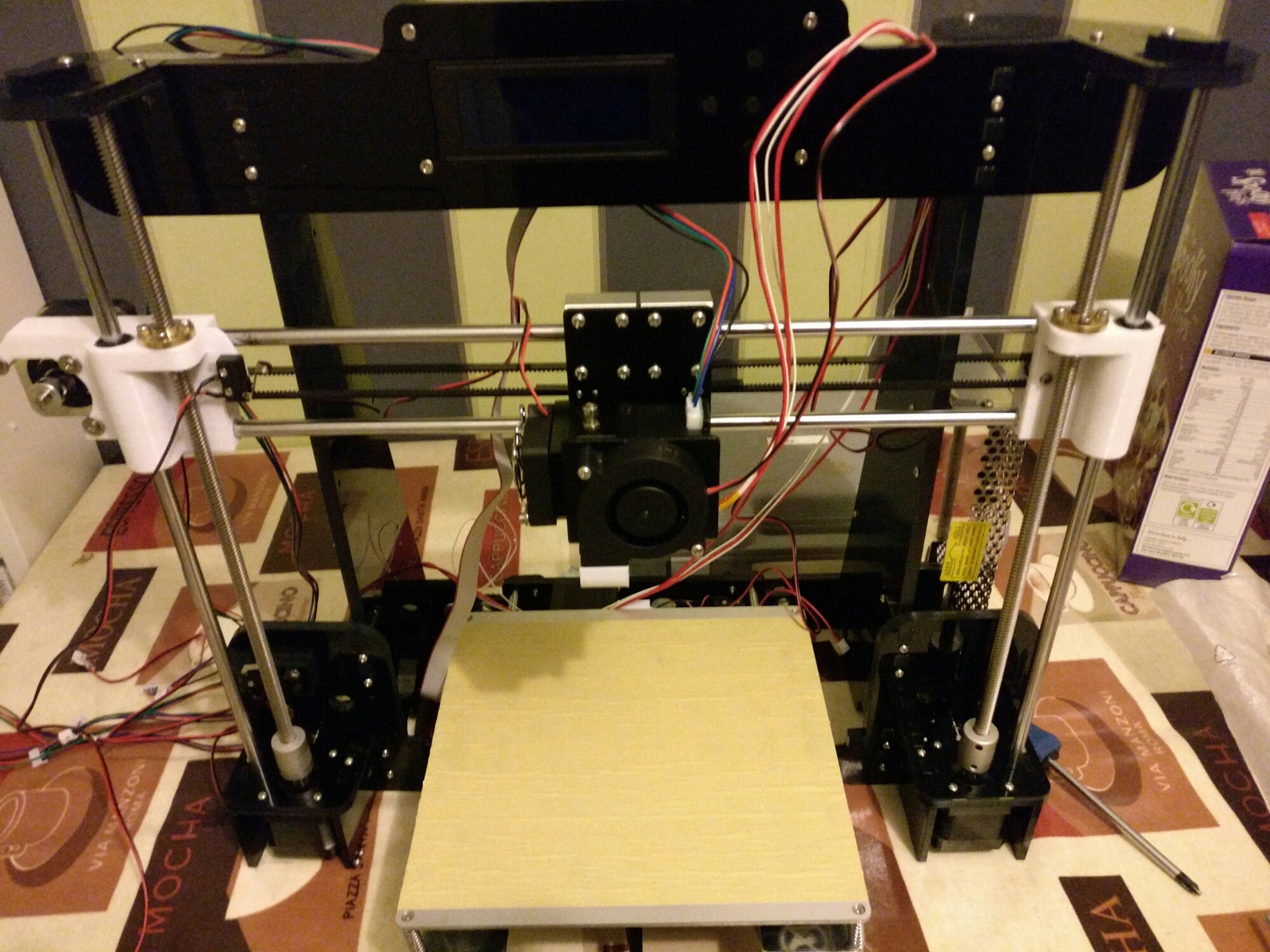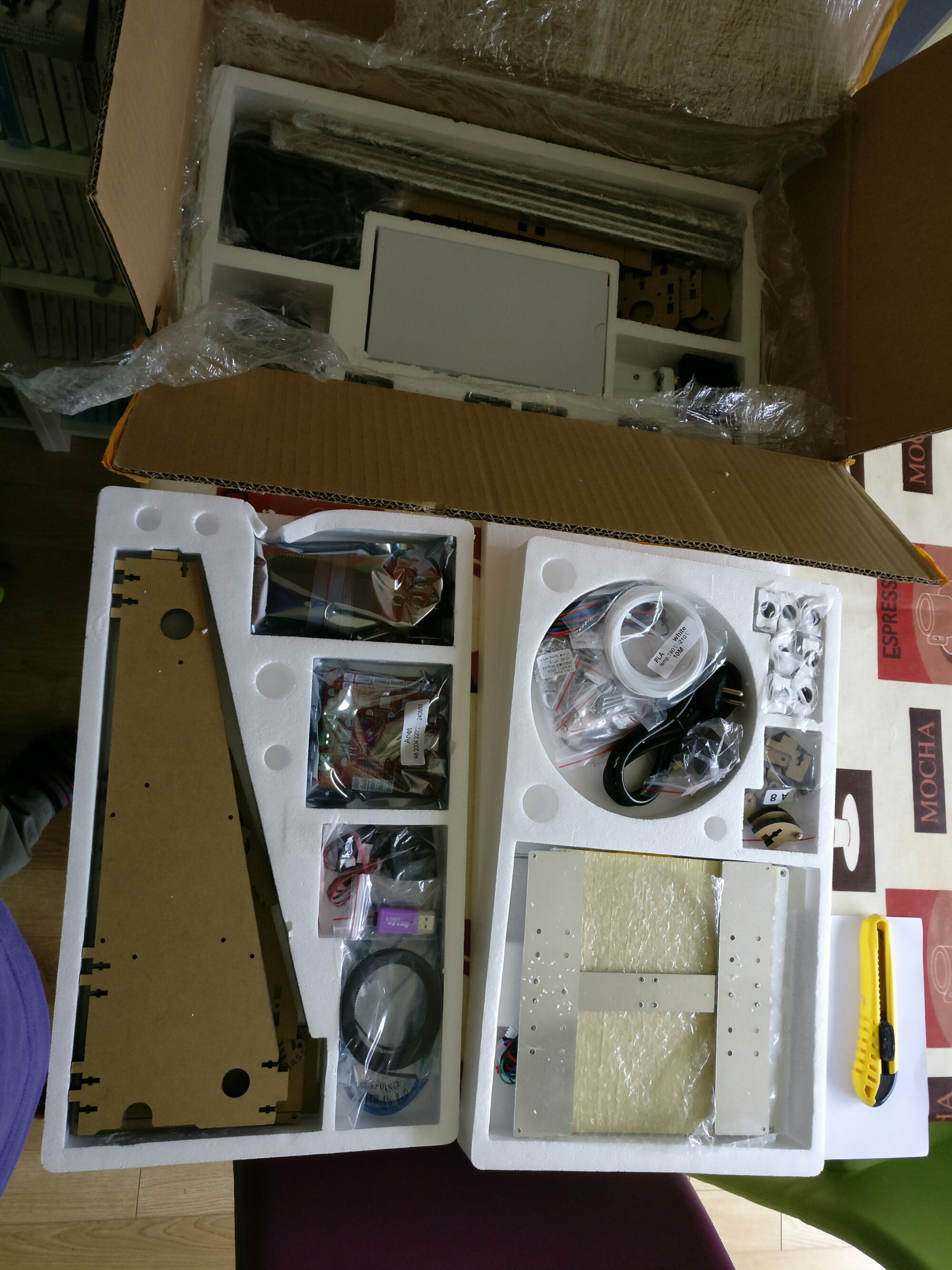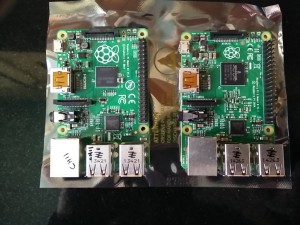Having been involved in the technology industry during some of the most exciting times in the history of the internet and it’s mass acceptance into our daily life’s, I have finally decided to join the diverse and creative community of people who share their experience through the medium of a Blog.
From the time I got my first Computer, which was a Commodore 64, I’ve been excited by technology and what technology can do. Computers have been a very key part of my life, from helping me to learn to read as a youngster, to keeping me and my family in a comfortable lifestyle.
Over the last few years I’ve been increasingly involved in a number of initiatives that have been setup to introduce a new generation to the world that computers have made for us, not as a consumer, but as a creator, inventor and developer of new and exciting technology.
Through this site I’m going to attempt to share some of the ideas, experiences and interesting stories I witness as I continue this exciting journey into our technology filled future. As you will no doubt note, I’ve not managed to keep up the momentum, so I need to do better!
